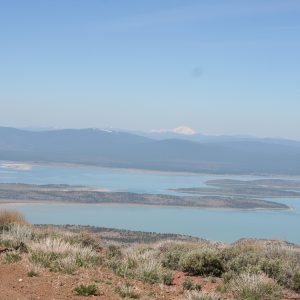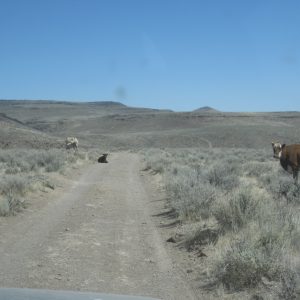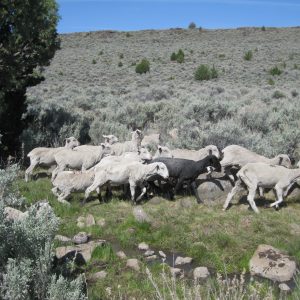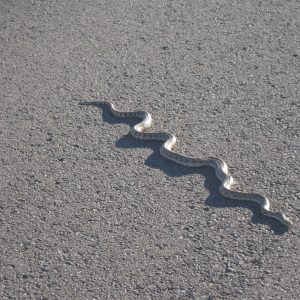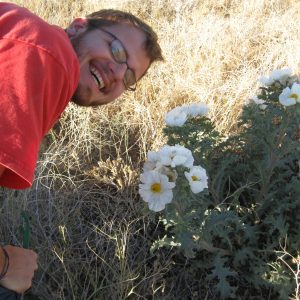My time as a CLM intern has truly been one of the most enjoyable experiences of my life. The learning opportunities were never ending and the experience gained will prove invaluable. I simply cannot count the number of times I thought to myself or just yelled out loud, “I have the greatest job EVER!” Most of all, the people I have worked with inspired me daily.
I think my favorite aspect was being able to work so closely with the Emergency Stabilization and Restoration process following the 2012 Rush Fire. Experiencing the desolation of a post-fire moonscape first hand was not only difficult for me but everyone I worked with. It made me truly understand just how much my coworkers care about the land they managed. The craziness of the restoration has just started to wane after the final aerial seeding hopper full of hundreds of pounds of sagebrush and grass seed had been dropped. This, a moment of relief and growing anticipation, leaves everyone stuck waiting to see if our efforts were successful or not. Either way, I have enjoyed witnessing the scientific approach to restoring a landscape so heavily threatened by invasive species.
In arid climates, the success of a seeding appears to be strictly dependent on climactic variables. Too little snow fall means there is not enough moisture, too rapid snow melt means there will not be enough sustained moisture for seeds to survive past germination. Likely, the greatest realization I have come to, occurred during the Sage-grouse Symposium held at our office in March. The symposium brought together brilliant minds focusing on the proliferation of sage-grouse in the Great Basin region. It became apparent that due to the Great Basin’s warming, drying, climate, the subsequent scarcity and unreliability of precipitation coupled with the strict financial and temporal constraints imposed on restoration projects, that our current system lacks the flexibility to fully take advantage of environmental variables in real time. This may appear quite grim, but I think that if more carefully examined and combined with site-specific research, we could develop forecasting models to improve the timing of seed dispersal and possibly even predict success rates. In the meantime however, it is only another faint cry for the mitigation of climate change.
I will close with a few pieces of advice for incoming interns.
- Always have fun. If you cannot enjoy your work, maybe you should try something else, but usually you just need to change your mindset.
- Do not think of yourself as a specialist in one discipline, why not master them all? Once you start looking at yourself as just a biologist you lose your ability to understand everyone else’s point of view.
- Never turn down an opportunity to work on a different project in a different discipline, even if it is not exactly convenient.
- Master the technology, GPS’s and GIS are your friends and best tools. Take time to teach yourself on your own. Do not expect this time to always be allotted for you.
Thanks to everyone who has guided me along the way, I am exceptionally grateful.
Andrew
Andrew.c.johnson90@gmail.com


